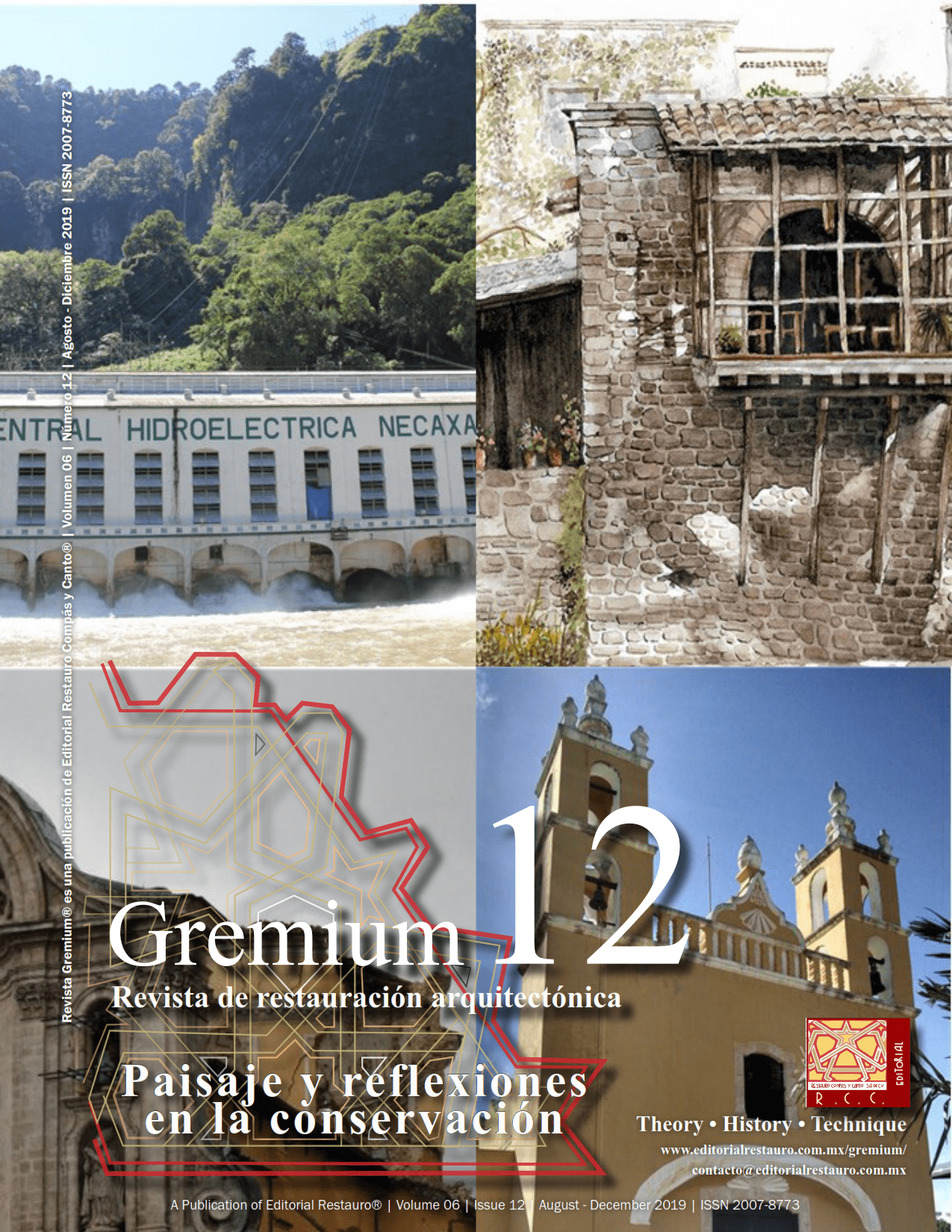Seismic vulnerability for the rehabilitation of cultural heritage. A theoretical institutional approach
DOI:
https://doi.org/10.56039/rgn12a09Keywords:
cultural heritage, rehabilitation, seismic vulnerabilityAbstract
Immovable cultural heritage has been part of numerous theoretical approaches for an adequate application on restoration. Lately, engineering
research, integrated in multidisciplinary studies, has directed its interest for a better analysis of historical constructions which is mainly related to its mechanical characteristics and its effects at static and dynamic conditions. On the other hand, natural hazards may derive disasters linked to the built cultural heritage. These factors have been considered in order to outline effective prevention strategies aimed at avoiding the loss of this heritage. Thus, the seismic vulnerability assessment approaches arise as fundamentaltools, allowing for the estimation of potential damages resulting from a future seismic event. Seismic vulnerability studies would be articulated within a prevention plan to propose mitigation or preparation disaster strategies. This work presents an analysis based on a brief theoretical and institutional perspective whose purpose is to discuss and correlate the most relevant building vulnerability principles and assessment approaches proposed and applied in recent years to several cultural heritage assets.
Downloads
Downloads
Published
Issue
Section
License

This work is licensed under a Creative Commons Attribution-NonCommercial-ShareAlike 4.0 International License.























